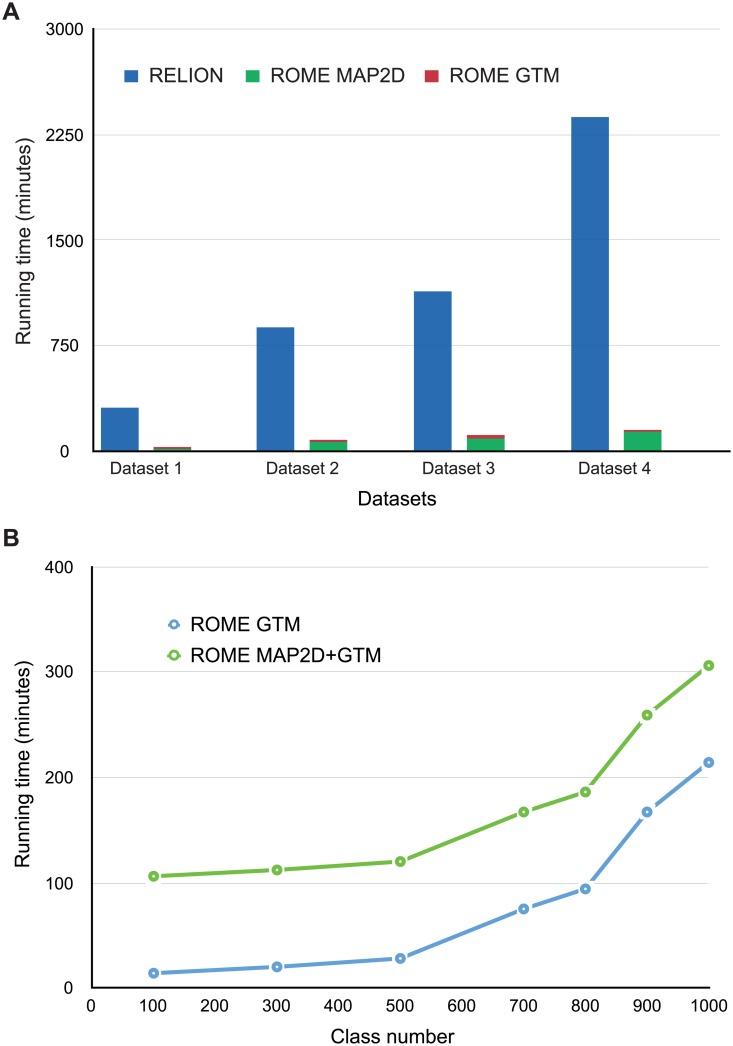Fig 7. Performance evaluation of unsupervised clustering with ROME.
(A) Performance of unsupervised single-particle clustering in ROME versus RELION using different datasets. Unsupervised 2D classification into 300 classes using both software programs were performed on four experimental datasets: Dataset1 refers to the 16,306-particle dataset of the inflammasome with 250×250 box size; dataset2 refers to the 35,407-particle dataset of the free RP complex with 160×160 box size; dataset3 refers to the 96,488-particle dataset of the RP-CP complex with 160×160 box size; dataset4 refers to the 57,001-particle dataset of the free RP complex with 180×180 box size. MAP2D alignment in ROME and GTM clustering for 300 classes wes also performed. The blue, green, and red histograms represent the running time of RELION, MAP2D in ROME, and GTM in ROME, respectively. For more comparison, see S9 Fig and S1 Table. (B) The 96,488-particle dataset of the RP-CP subcomplex was used to test the performance of GTM in ROME (blue dots). The green dots represent the total running time including both the MAP2D alignment and GTM clustering in ROME. The running time was polynomially related to the number of classes.

